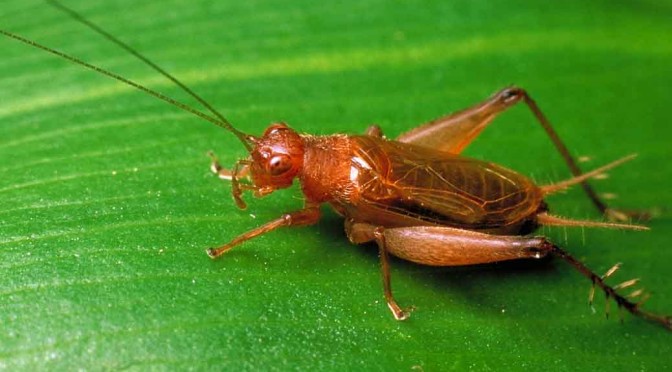Background
An annoying Cricket’s treet-treet-treet noise is really unbearable sometimes, especially when a house cricket ends up under your bed and treets all night long. To others, it’s pleasing, they associate it with the night time, and it makes them go to sleep.
Whatever it is for you, there’s one interesting thing universal about that noise they make. If you can count the number of chirps, you can almost accurately estimate the atmospheric temperature using a simple formula! Good ‘ol farmers used to do this.
I know all of us have smartphones these days, so counting cricket chirps to estimate temperature probably makes no sense to you. Still, I’ve said it back then and I say it again, it’s never bad to know anything.
Here’s how you do it
For doing it, you somehow should be able to measure 14 seconds. In those 14 seconds, count the number of times a single cricket chirps. Suppose there are 35 chirps heard, you save that number and add it to 40 (always 40). And this gives you the present temperature in Fahrenheit.
35 chirps + 40 = 75 degrees Fahrenheit
Now, since only a handful of countries use Fahrenheit to measure temperature, you might want to convert it into Celsius scale. I personally am comfortable with only the Celsius scale. But you don’t have to go through the trouble of converting because, to measure the temperature in Celsius scale using the cricket’s treet, this is what you have to do.
Simply count the number of chirps it makes in 25 seconds. Now divide the number by 3 and add 4 to it. There you have your ambient temperature in Celsius scale. Suppose the cricket chirps 50 times…
(50 chirps/3) + 4 = 20.67 degrees Celsius
Why it works
To know that it is first important to understand how a cricket makes that sound. Remember only male crickets of a few species make this sound. They do this by a process called stridulation – rubbing 2 body parts to make a sound. Rubbing the underside of one wing with the upper side of the other wing does this trick – as they have rough and hard structures over there.
To move these wings it requires a particular chemical reaction to happen in their muscles. The speed of this chemical reaction is dependent on how hot or cold it is. The hotter it is, the faster the reaction happens and the faster it is able to move its muscles to produce more sounds in those 14/25 seconds…
via [Scientific American] and [Howstuffworks] and [Farmer’s Almanac]

